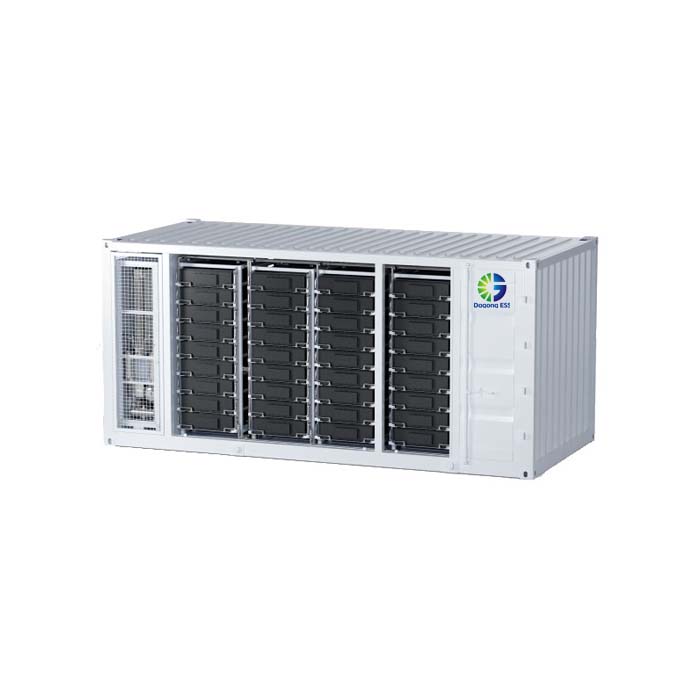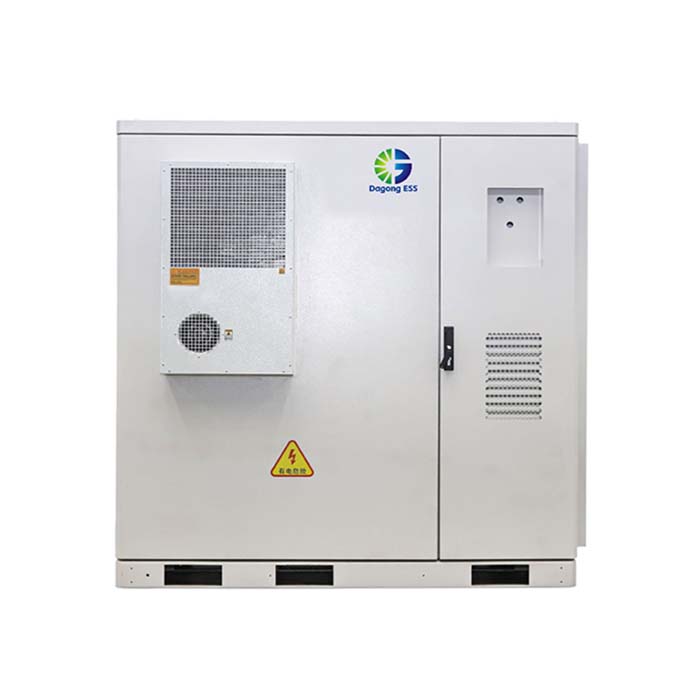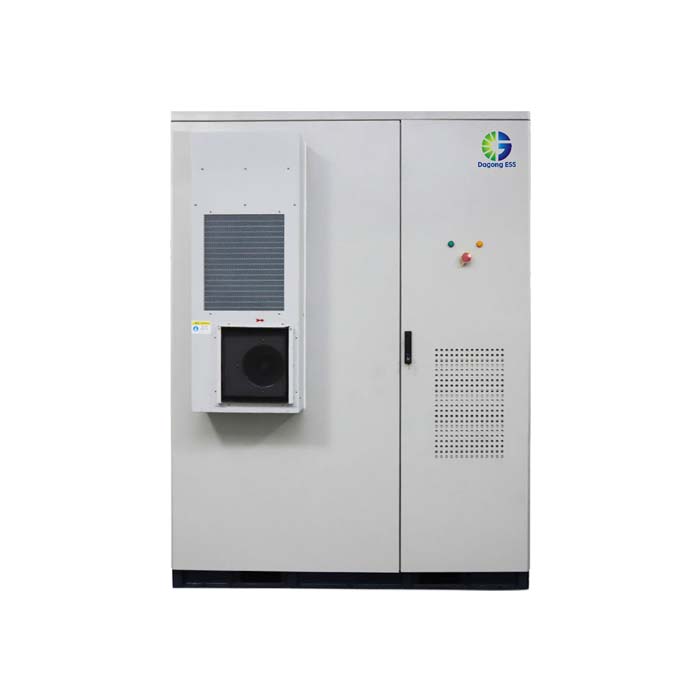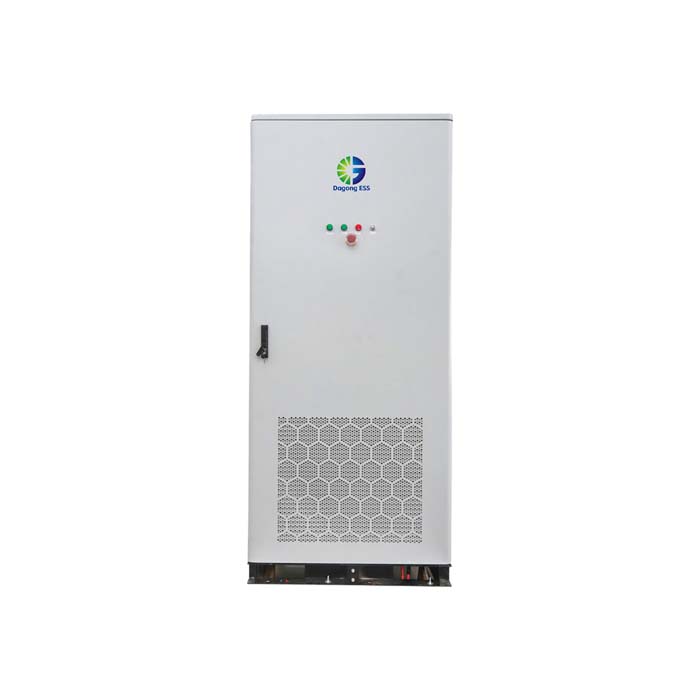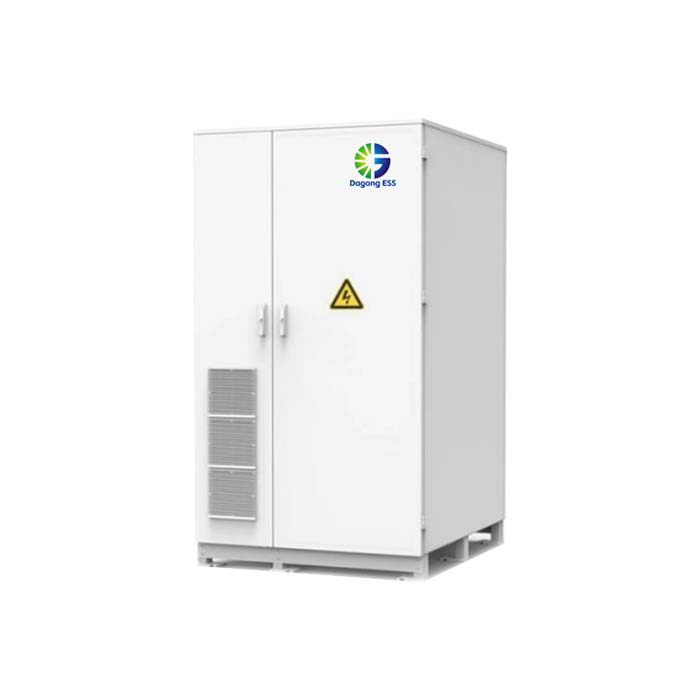Renewable Energy and Energy Storage: The Key to a Greener Future
What are Renewable Energy and Energy Storage?
Renewable energy refers to energy sources that are naturally replenished, such as solar, wind, and hydro power. However, due to the intermittent and unstable nature of these sources, energy storage systems (ESS) are essential to enhance power continuity and grid stability. ESS store excess electricity during peak production and release it during demand peaks, optimizing energy use.
Advantages:
Improves renewable energy utilization
Reduces stress on the power grid
Optimizes electricity costs
Supports off-grid and microgrid systems
Enhances energy security and system stability
Core Technologies Involved:
Battery Management System (BMS)
Energy Management System (EMS)
Liquid cooling systems and modular design
Challenges for Renewable Energy and Storage
Despite its vast potential, this combination still faces some key challenges:
Mismatch Between Supply and Demand
→ ESS provides real-time energy balancing to align production with consumption.Grid Compatibility Issues
→ Dagong ESS supports global grid standards and various grid-connection protocols.High Operation and Maintenance Costs
→ Our smart EMS enables remote monitoring and diagnostics, reducing O&M costs.High Initial Investment
→ Modular design allows flexible capacity expansion, reducing upfront costs.Safety and Battery Lifespan Concerns
→ Our systems use LFP batteries with multi-layer protection for enhanced safety and reliability.
Why Choose Our Energy Storage Solutions?
Dagong ESS provides customized services to meet the needs of different projects. Key features include:
C&I storage cabinets compatible with all global grid standards
Optional liquid or air cooling systems for different environments
Off-grid/on-grid compatibility and support for multiple communication protocols (CAN, RS485, etc.)
High energy density design for space efficiency
Robust after-sales support and remote O&M platform
Applications of Energy Storage Systems in Renewable Energy
Energy storage systems play a vital role in various renewable energy applications, such as:
Solar + Storage Systems: Increase solar power utilization and enable 24/7 supply
Wind + Storage Systems: Smooth out power fluctuations and enhance stability
Off-grid Power Stations: Provide reliable electricity in remote areas
Residential Solar Storage: Power home loads and save electricity bills
Microgrid Systems: Improve local energy autonomy and disaster resilience
Dagong ESS Products Showcase
ZBP150-150 Liquid-Cooled C&I Energy Storage Cabinet (150kW / 215kWh)
ZBR100-215 Air-Cooled C&I Energy Storage Cabinet (100kW / 215kWh)
5–20kWh Wall-Mounted Home Energy Storage Systems
51.2V 100Ah Rack-Mounted Battery Module
5MWh Liquid-Cooled Containerized Energy Storage System
Frequently Asked Questions
Q1: What is renewable energy and energy storage?
A:Renewable energy storage: refers to charging the energy storage system when there is excess renewable generation capacity during low demand hours and discharging the excess energy during peak demand hours, maintaining a continuous electrical load on the generators for maximum fuel efficiency.
Q2: What is the best form of energy storage for renewable energy?
A:The most efficient systems using battery storage for renewable energy are based on rechargeable lithium-ion (Li-ion) batteries. These lightweight but high-density batteries have become the preferred option for many reasons, not least the ability of a 1kg Li-ion battery to store 150 Watt hours per kilogram (Wh/kg).
Q3:What are the 5 benefits of renewable energy?
A:Reduced carbon emissions and air pollution from energy production.
Enhanced reliability, security, and resilience of the power grid.
Job creation through the increased production and manufacturing of renewable energy technologies.
Increased U.S. energy independence.
Lower energy costs.
For custom energy storage solutions, visit: www.dagongess.com or email us at sales@dagongess.com
Green energy starts with Dagong ESS!


